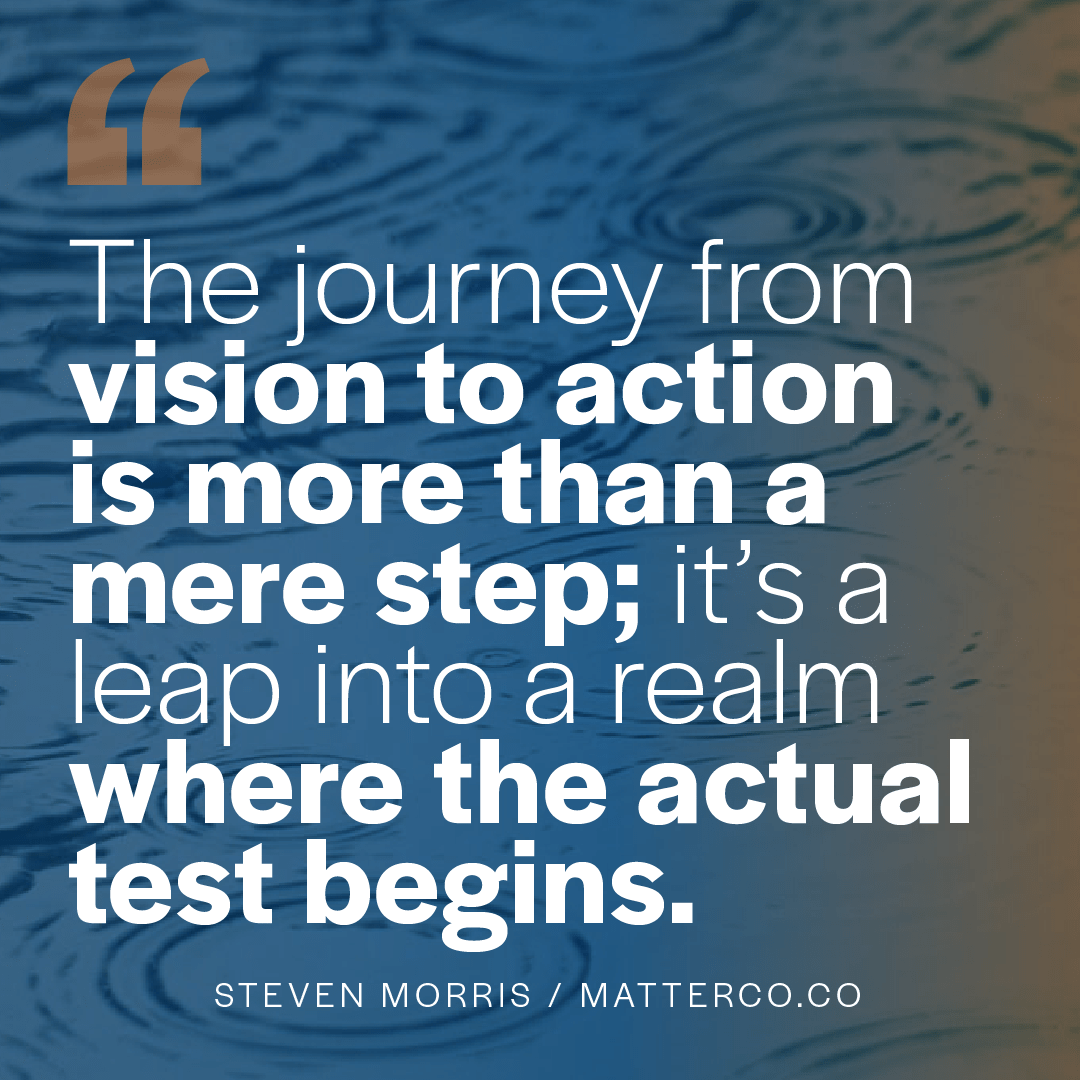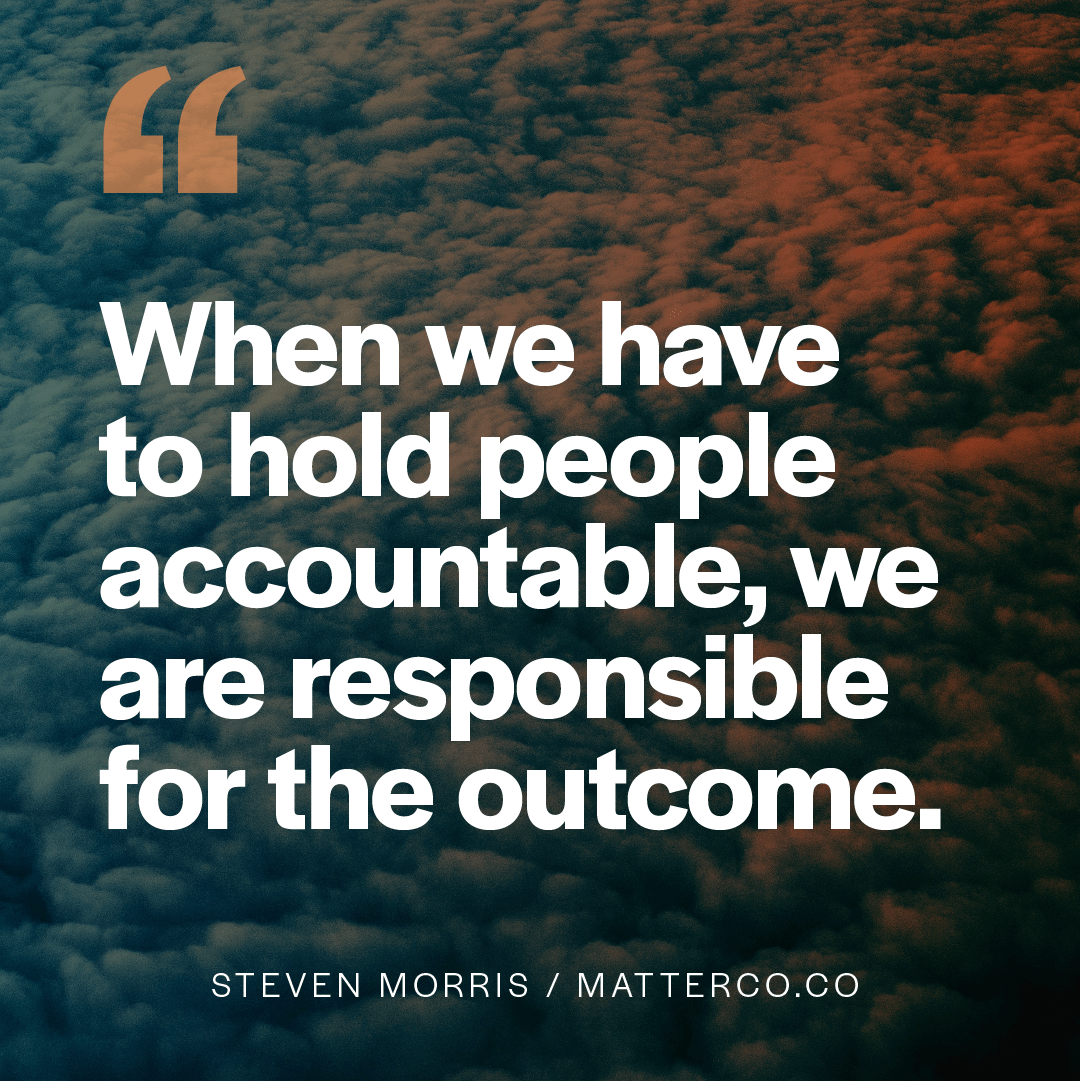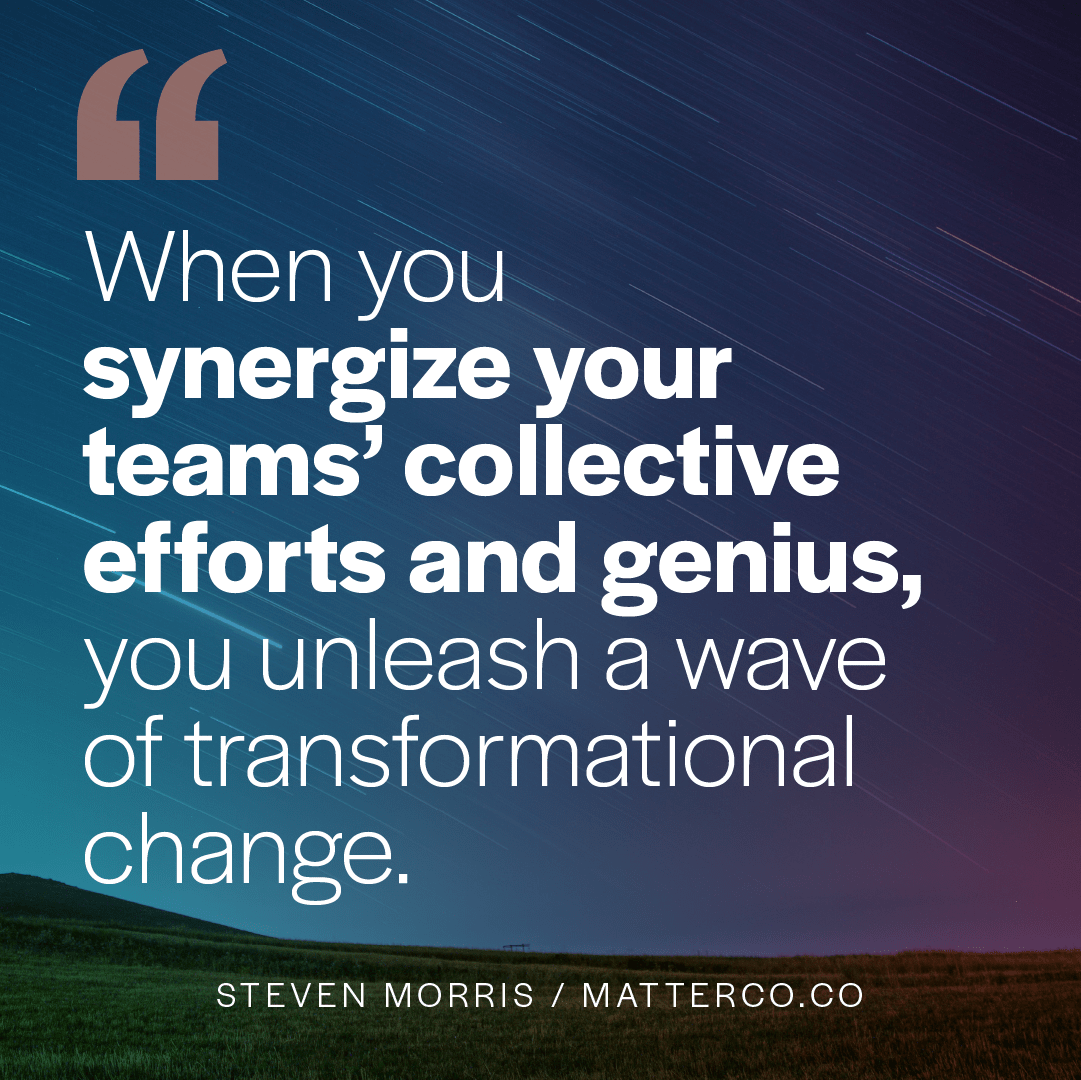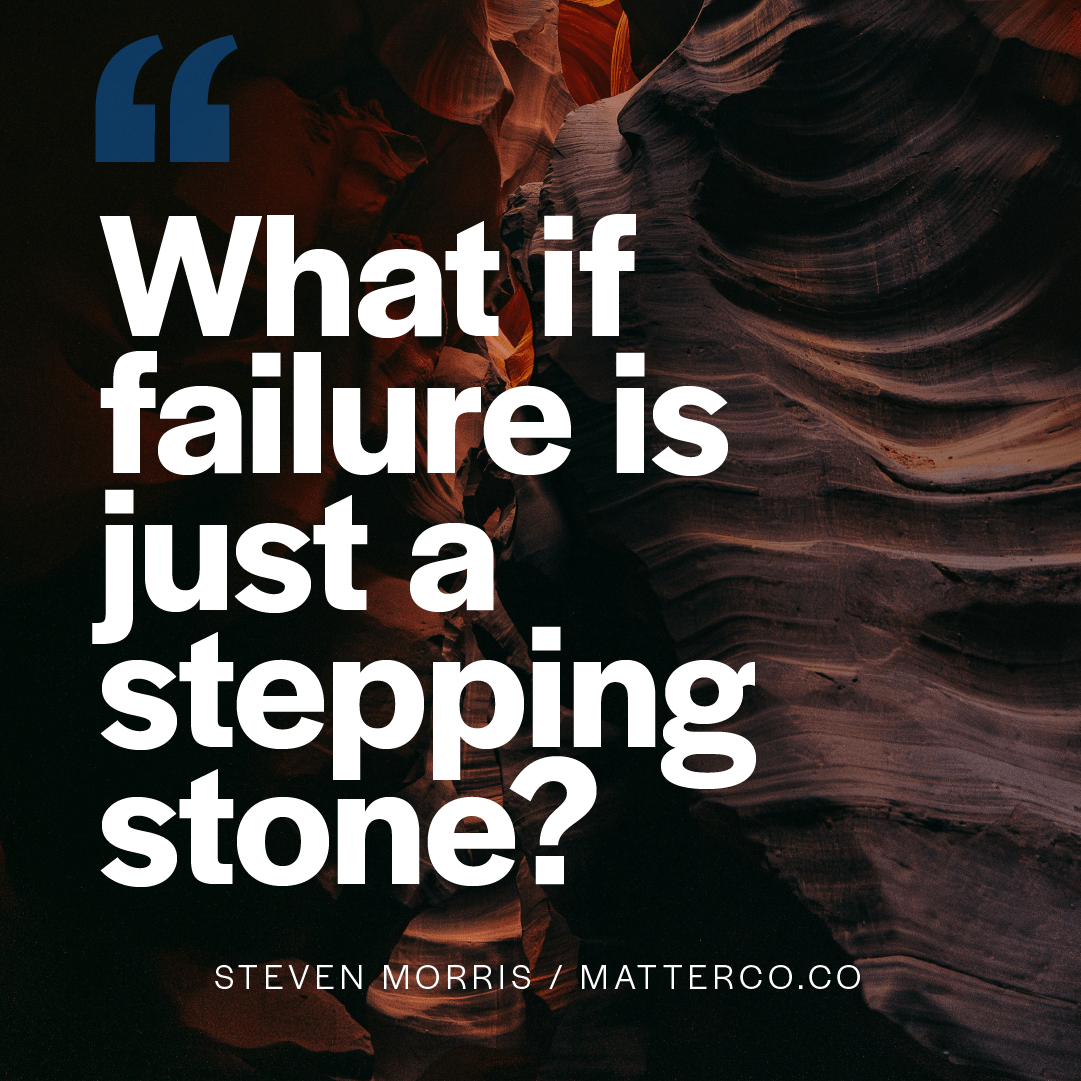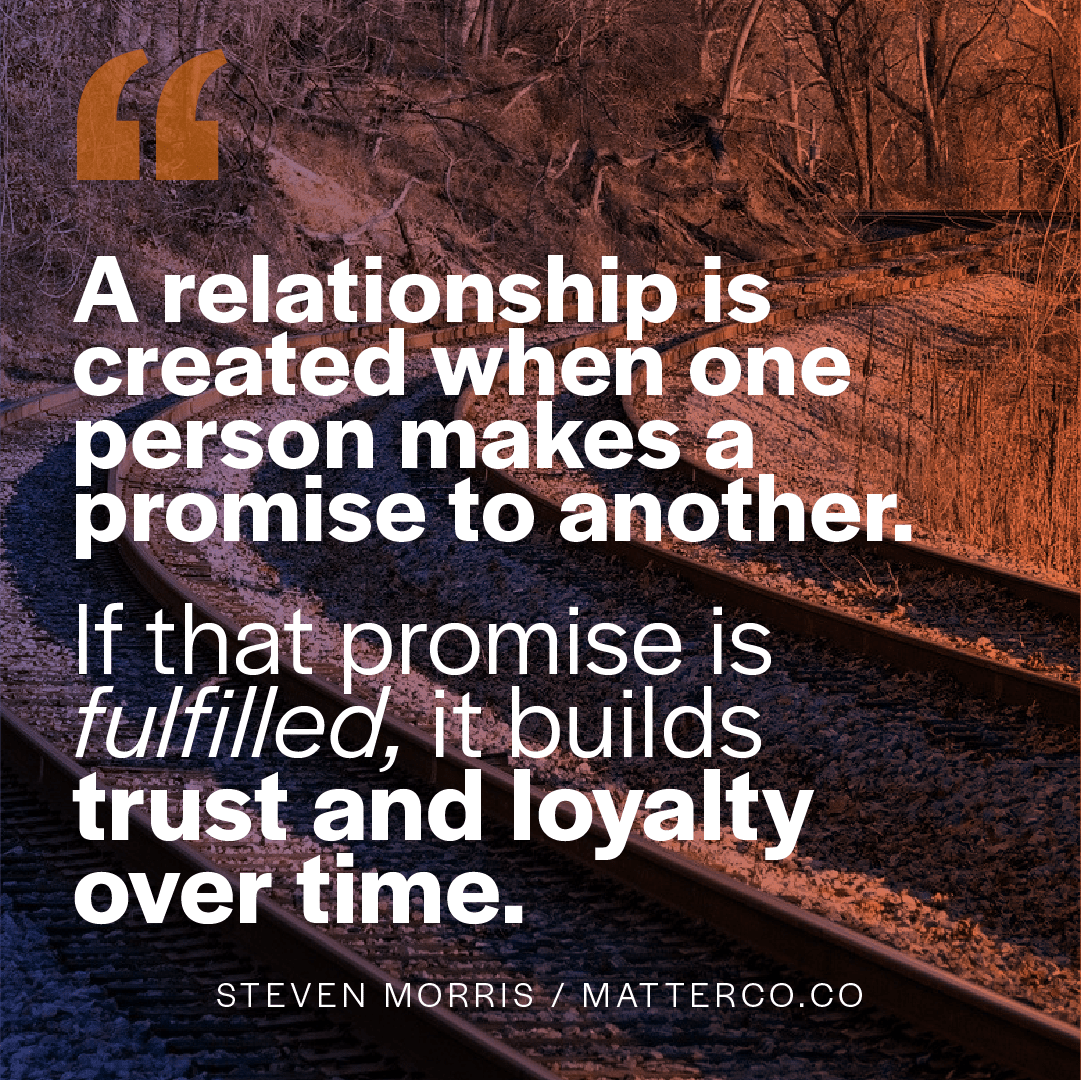
Brand Building Right
Over a century ago, the merchant John Wanamaker humorously lamented, “Half the money I spend on advertising is wasted. The trouble is, I don’t know which half.”
This sentiment has long been a shield for financial executives looking to trim advertising budgets as the struggle to prove the value of advertising dollars continues despite significant resources dedicated to testing and measuring effectiveness.
In the digital age, this struggle has intensified with the rise of online advertising and “performance marketing,” where spending is focused on capturing and converting potential demand that has already reached the top of a brand’s sales funnel.
In contrast, “brand advertising,” aimed at establishing awareness and strengthening identity, has a more elusive link to positive financial outcomes.
This has left brand builders grappling with both Wanamaker’s enduring conundrum and the emergence of performance marketing as a seemingly viable alternative.
However, we now have a response for Wanamaker and a compelling reason to invest in brand building. Research based on an extensive database provided by the World Advertising Research Council (WARC) has identified the types of brand advertising that are most effective in attracting new customers and converting them into loyal patrons.
The key, as I’ll explain, lies in making a clear and specific promise to the customer that can be demonstrably fulfilled.
The Power of Promises
Consider these three promises from competitors in the insurance industry: Allstate’s “You’re in good hands,” “Nationwide is on your side,” and Geico’s “15 minutes could save you 15%.”
Only Geico’s promise is direct and verifiable. It creates a connection, and if the company delivers on its promise, it builds trust. Allstate and Nationwide imply promises, but they are about themselves rather than the customer and are not verifiable.
This leads to these questions: Could the success of a brand-building campaign be related to the type of promise it made? Would customers respond more favorably to a brand that made and then clearly delivered on a specific promise?
The Promise of Data
These questions are answered in the WARC’s database, which includes more than 24,000 case studies from ad competitions worldwide. Analysis revealed that campaigns with a customer promise (CP) outperformed others across most measures.
For instance, on measures of brand perception, brand preference, and purchase intent, 56% of CP campaigns reported improvement compared to 38% of others. Market penetration increased by 45% of CP campaigns versus 38% of other campaigns, and market share grew by 27% of CP campaigns versus 17% of others.
The Anatomy of a Great Brand Promise
A great brand promise involves three types of promises: emotional, functional, and enjoyable to buy.
- Emotional promises focus on the emotional benefits a customer will receive from using a product or service.
- Functional promises emphasize the practical benefits or features of a product or service.
- Enjoyable to buy promises revolve around making the process of purchasing enjoyable for the customer.
Now that we know what makes a great brand promise let’s explore what makes a great promise campaign:
- Memorable: Successful promises are often memorable and run counter to expectations.
- For example, the car rental company SIXT’s promise of not forcing the only available vehicle on customers but giving them the car they initially chose has contributed to its success.
- Valuable: Customers must desire what the promise offers, especially if it diverges from a status quo they don’t like.
- For instance, SIXT understands that customers are willing to hire an expensive car and care about the make and model.
- Deliverable: A successful promise is a guarantee that the customer can determine whether or not the brand fulfilled the promise.
- For example, SIXT must deliver the requested car.
The Takeaway
The research is conclusive. A relationship is created when one person makes a promise to another. If that promise is fulfilled, it builds trust and loyalty over time. This results in a valuable connection.
Brand building done the right way makes a promise and then delivers on it. This has a more significant positive impact on the recipient than simply providing goods or services for that person.
Findings underscore the power of a well-crafted customer promise. Not only does it lead directly to sales, but it also provides an effective framework for organizing a company’s activities. The best brands are built on promises made and kept.
Who Creates the Promise?
The internal team and culture must create these promises, and a company’s brand and culture must be integrated to deliver on these promises sustainably and predictably.
Ultimately, the key to successful brand building is a clear and specific promise to the customer that can be demonstrably fulfilled. This works for the brand of your organization and your personal brand, too.
If you found this topic interesting or valuable, here are some related articles for you.
If you want a more trusting team, a culture of belonging or a magnetic brand that attracts more of the right customers, I can help. If you'd like to explore if working together makes sense, drop me a line.




